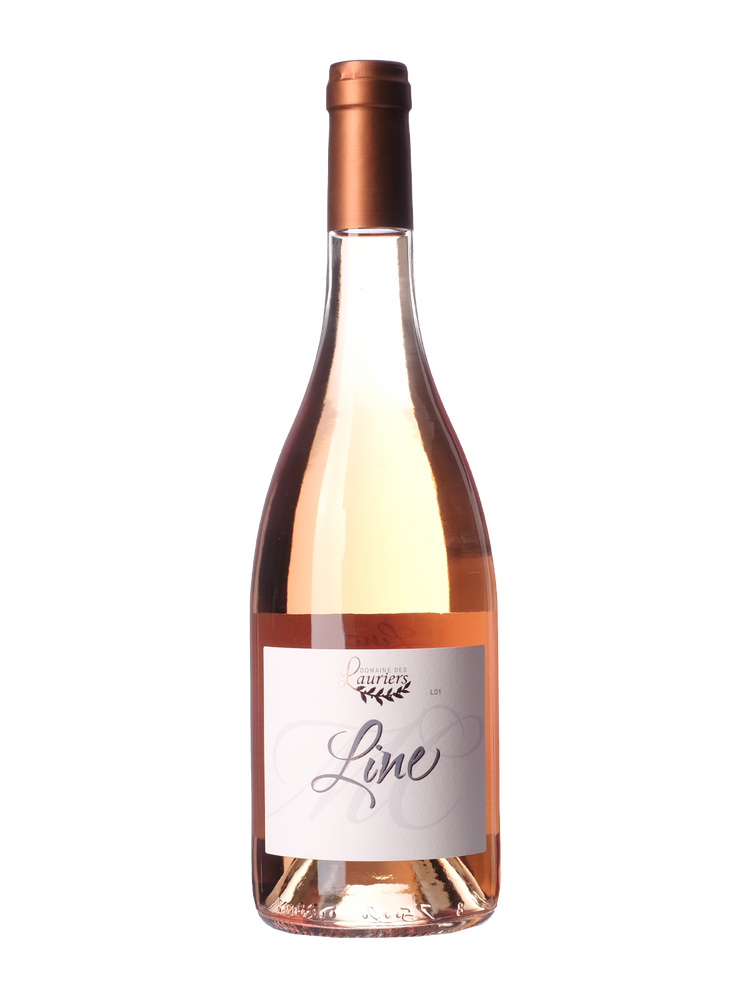Grenache Grape: The Lowdown
Grenache (or Garnacha) is a vital ingredient to some of the world’s most famous wines. It’s absolutely essential to a Châteauneuf-du-Pape, Priorat, Rioja, or a Côtes de Provence rosé. Grenache is perhaps best known as one of the Rhône blend’s holy trinity alongside Syrah and Mouvèdre, and the list goes on - even Burgundian winemakers used Grenache to beef up their Pinot back in the 17th century.
The Grenache grape brings body, spice and sometimes fiery alcohol to wine. But here’s the thing: because it lends itself so well to blends, it’s scarcely heralded as a variety in its own right.

The secret to Grenache’s success as a variety is its ability to thrive in climates others wouldn’t dare flower in. From unforgiving deserts to intense sunlight and the beating of the Mistral - these conditions are no inconvenience to the Grenache grape's tenacious old vines.
Because this grape is slow to ripen, these hot, continental climates naturally lead to rich and bold expressions. As a result, Grenache is often typecast as a powerful, unsubtle, beast of a wine, when there’s actually a lot more potential in this variety than many give it credit for.
More recently, more and more winemakers are leaning towards lighter, perfumed, more smashable expressions of Grenache - blends and varietal wines alike.
Grenache Wine: Defying Expectations
It’s one thing to make a different style of wine, but another thing entirely to convince the consumer that it’s worth drinking. In this way, Grenache wine has been in need of something of a PR campaign for some time. Indeed, Australia’s sun-drenched Barossa Valley is home to the world’s oldest Grenache vines (still producing fruit, mind), which were planted way back in 1850.
The first Grenache I ever tried was of this ilk: a big, spicy bottle from Navarra made from 40-year-old vines. It blew my head off. Completely drinkable, mind, but as a guilt-free 5pm glass on a school night? A total misfire. Although it pains me to admit it, that mis-judgement resulted in my own misconceptions of Grenache.

That is, until, I was greeted with a glass of something pink and effervescent for a tasting menu some months later. I’m one to leave myself in the hands of the sommelier in these situations (I’m all for being guided by someone far more experienced than me), so was none the wiser to what was in my glass. A swirl, a sip, and to me, it was a textbook Pinot-dominated sparkling wine. Swathes of strawberries, a subtle streak of citrus and a creamy mousse - you can imagine my surprise when I was told it was the same variety that had flushed my face several months earlier. It became apparent why Grenache is referred to as ‘the Pinot Noir of the south’. In the right hands, Grenache wine has the power to seriously defy expectations.
Taming The Grenache Grape
So how do you tame the Grenache grape that’s so famous for its power and body? You could source it from a cooler region or higher altitude vineyards like Daniel Landi does for his perfumed Garnachas from the Gredos mountains north of Madrid.
The Grenache grape calls for a much more attentive approach from the winemaker. When treated right, Grenache can deliver a vibrant, complex, perfumed style of wine. Instead of leaving the late-ripening grape to intensify on the vine, it can be picked early to retain its underrated aromatics and natural high acidity, like Dominik Huber does at Terroir al Limit. Other techniques include crushing and pressing at a low temperature, and there can also be a shorter period of maceration, especially if you’re making rosé.

Grenache Wine: Varietal vs Blend
Grenache wine’s biggest asset is also its downfall. The ease with which it elevates other grapes in a blend means that it’s often not often taken seriously as a varietal wine, but there are hidden gems to be found with both.
The Navarra region in Spain is less well known than neighbouring Rioja, but has a stash of old-vine Grenache. Young producers like Viña Zorzal are mapping their vineyards, and making fresh juicy expressions and complex, restrained single vineyard wines from Grenache.
On its own, Grenache expressions range from spicy and heady to bright and ethereal - a style that’s also becoming more prominent in blends. When it comes to these, don’t be afraid to head off the beaten track. Swap regions like Rioja and the Rhône for Australian, Sicilian, or South African styles - check out the Family Red or sublime Raaigras Grenache from Adi Badenhorst. Whichever route you go down, there will always be a new side to the Grenache grape to discover.
What’s The Future Of Grenache?
The current trend in the world of Grenache is leaning towards lighter, more elegant vintages that work especially well served chilled - Grenache that’s heavily extracted is always best served at room temperature. But when it comes to what’s next for Grenache, we’re as intrigued as you to find out.
See the latest from the world of Grenache and browse our full collection of Grenache blends here.
Header image Caitlin Isola @scaitboard


